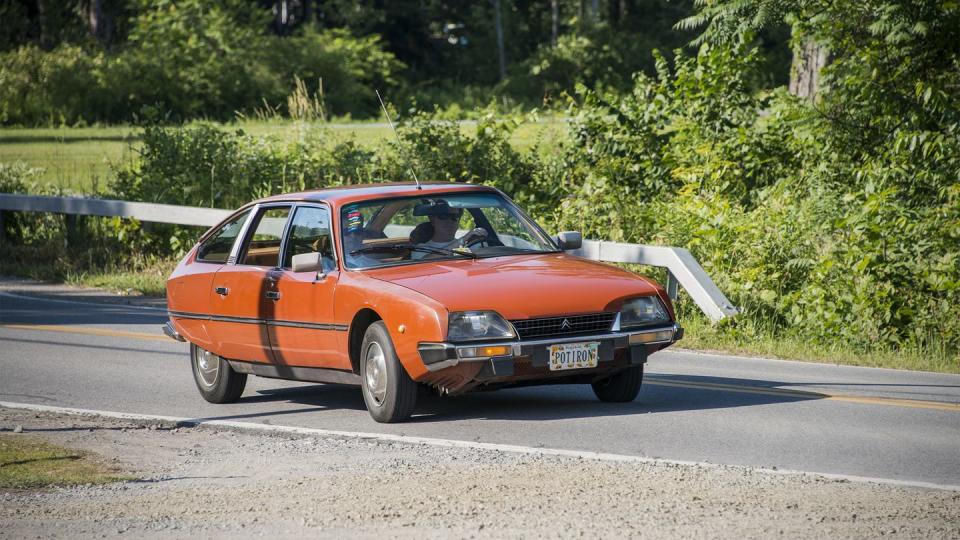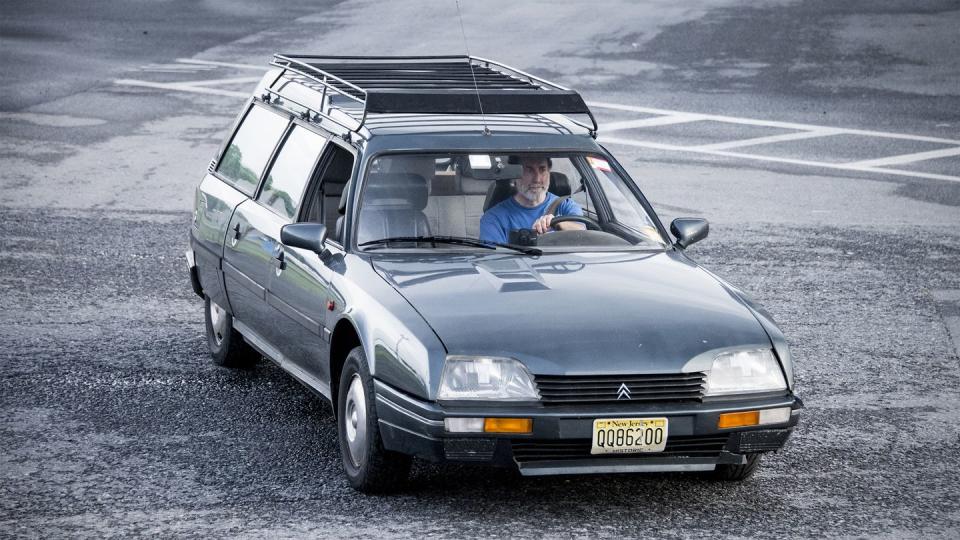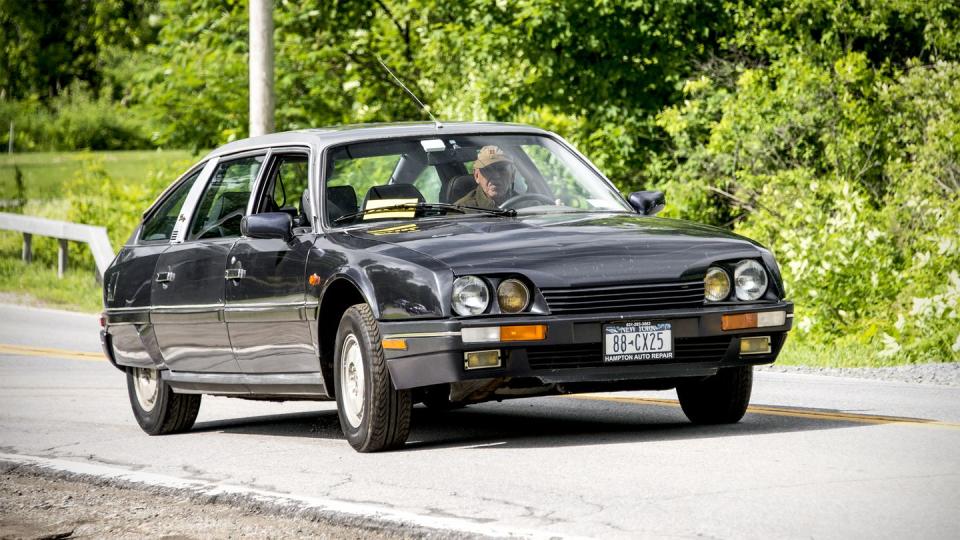Citroën CX Fastback, Still Ahead of Its Time, Turns 50 This Year

The Citroën DS was far ahead of its time when it landed in 1955, combining a distinctive exterior with an impossibly plush ride thanks to its hydropneumatic self-levelling suspension.
The sedan (and station wagon) quickly became a common sight on the streets of Paris, enjoying a prolonged stay on the assembly line and becoming one of the more enduring mascots of the country's auto industry alongside the spartan but cheeky 2CV.
As the decade of the 1970s rolled around, the automaker also faced a dilemma: How to follow up the DS?
The Citroën SM coupe pointed the way forward in the automaker's design. Penned by Robert Opron and powered by a Maserati V6, which was one of the prizes of Citroen's purchase of the boutique Italian sports car maker, the SM influenced the design of the four-door CX featuring a long front overhang, a spacious interior, and a fastback profile.
The CX was also a much more mass-produced machine than the SM, even though concours events today don't quite convey this difference.

Just like the DS, the CX imagined a futuristic and plush interior coupled with a hydropneumatic self-leveling suspension, but also sensible performance goals with a choice of gas and diesel inline-fours underhood.
Still, with about 120 hp on tap in the top gasoline version by the early 1980s, all sent to the front wheels, the CX still served up plenty of power for a car that would probably not be considered all that large by American standards of the time. And having sat in a few of them, we can readily confirm this.
The smooth suspension, low drag coefficient, speed-sensitive steering, and sci-fi interior details made up for the lack of V6 power. But more importantly, the CX was probably not the kind of four-door experience that would have benefitted from more powerful engines, opting for a magic carpet ride along with a spacious cabin.
The top CX GTi Turbo spun up that horsepower count past 160 hp, offering a measure of performance for those with deeper wallets.
Inside, the CX station wagon version sought to offer an even grander alternative to the Peugeot 505 longroof, and was large enough to serve as an ambulance in some countries.
Sold in the US by several importers, the CX at times received a quad-light setup common on other European cars of the time, while finding a niche audience stateside even after the automaker officially left the country.
Just like the DS, the CX enjoyed a very long production run, leaving the assembly line only in 1991. The model was ultimately fortunate to never quite have too direct of a competitor, with contemporary sedans from Peugeot and Renault being quite conventional inside and out.

Over the years quite a few special versions have been built by coachbuilders like Heuliez, including presidential limousines. Just like the DS before it, the CX was a car that served heads of state—and not just in French-speaking countries.
Its successor, the wedge-shaped XM, would make it stateside in smaller numbers, and its styling would be influenced heavily by the CX.
Just where can you see one or more of these rare cars today?
Every June over a hundred Citroëns gather in Saratoga Springs in upstate New York for the annual Rendezvous, with dozens of examples of each model making the trip from far away. And on the left coast, the Best of France and Italy is another reliable event to spot them.

 Yahoo Autos
Yahoo Autos 